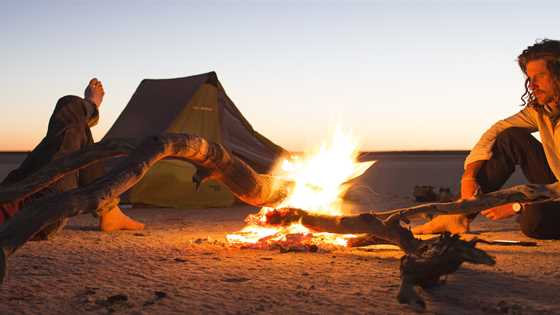A WA couple is determined to learn why blue whale numbers aren’t increasing – even if it means personally funding expeditions to the Antarctic.
You could be forgiven for thinking marine biologists Curt and Micheline Jenner were whale-spotting newbies: despite being seasoned veterans, every time they spot a whale, they still react as if it's the first time they've ever seen one.
"You can spend 25 years of your life studying an animal, but when you go down to a place like the Antarctic and you see them doing something completely different, that's amazing to see," Curt says.
The couple returned from such an expedition in January, the first in a series of strategic Antarctic voyages by the Centre for Whale Research (CWR). This not-for-profit organisation – set up by the couple in 1993 – aims to discover why the largest animal on the planet, the Antarctic blue whale, is still not recovering from whaling pressures that ended decades ago.
"If the animals that are the largest and easiest to see, like the blue whales, are healthy, then the rest of the ocean that they feed on must be healthy," says Curt. "But if there is something wrong with the blue whales, then that's a clear sign that there's actually something fundamentally wrong with the ecosystem underneath that's supporting them."
In a bid to find answers, the Jenners started a massive research project that saw them brave the cold and take their 28m ice-rated vessel all the way to Antarctica, relying solely on their own savings, sponsorships and community support for funding.
Raising money for the study was, and still is, their biggest challenge. One source of funding is the Australian Department of Defence, which hires the Jenners' ship for simulation exercises off our coast, and supports CWR's research. It doesn't, however, pay for their expeditions. Instead, the Jenners
must pour any spare proceeds left from the hire – after maintaining their ship and crew – into continuing their research.
"All the costs that we had to meet, we had to bear ourselves," Curt says. "Basically all the food, all of the supplies and all of the equipment we took down was funded out of our own back pocket. It was one thing we've been working at for a long, long time, and I guess our superannuation fund's going to suffer as a result."
It's safe to say, then, that the Jenners won't be retiring any time soon, but that's okay with them; their passion for helping to preserve the whale species is their daily motivation. It's also what brought the couple together in the first place, learning how to photo identify and tag whales – the same techniques that underpin their current research.
"Micheline was hired as my boss at a research group in Hawaii – it was love at first sight," Curt says. "We both revelled in the fact that we were doing something positive and proactive for our planet and its largest animals, and that brought us closer together."
Their shared interest led them to Australia's west coast in 1990. They started off simply, living in a tin shed on an uninhabited island, and searching for whales in a 5.8m Zodiac dinghy off the Dampier Archipelago.
It was there that they first discovered the hidden breeding grounds of our west coast humpbacks, in Camden Sound near the Kimberley. Thanks to their findings, the Camden Sound Marine Park and Perth Canyon Commonwealth Marine Reserve were created.
But this was only the start. The Jenners knew humpback and blue whales migrated south to the Antarctic to feed, but didn't know if there was enough krill for them there, or how often they fed.
"There was no other way to answer these questions except design our own trip," Curt says. So, over several years, the couple saved and planned their voyage, finally getting enough money to go last year.
In Antarctica, they collected data for nine days, spotting whales that they photo-identified – Micheline took more than 40,000 photos – and tagged. The tags, which cost around $2500 each, collect dive profile data, measuring every single dive that the whale takes, and the depth that it goes to, before falling off within a couple of weeks. The CWR team uses air rifles to place the tags on the whales, a process that causes little damage to the animals.
The Jenners now know when and how often humpback whales feed by the Antarctic ice edge. They also discovered that blue whales don't feed by the ice edge in January, instead heading 500 miles north in the Antarctic Convergence, suggesting that there's not enough food for both species at the same time and place.
The team's next journey is planned for 2015 – or earlier, if finances allow – and will be to track the blue whales, tagging and documenting their feeding patterns in the same way they did for humpbacks, and hopefully uncovering why the whales aren't feeding together. Each time they go back, the Jenners will provide more information to add to their growing database.
"We'll just keep building on it, and it's what will keep us busy the rest of our careers," Curt says. "We love the way the whales migrate and navigate the entire planet, and that our work allows us to do the same. We're very lucky."
For more information about the CWR, and updates on the Jenners' research,
visit cwr.org.au.








